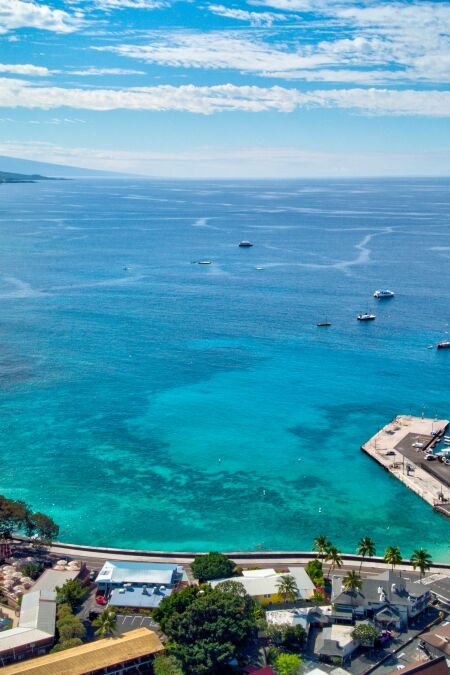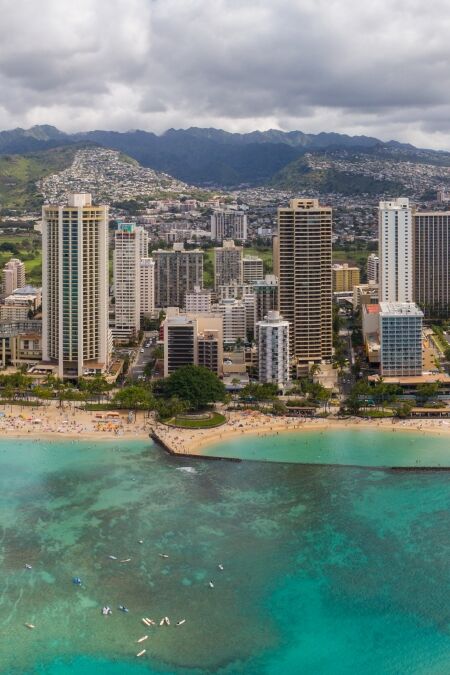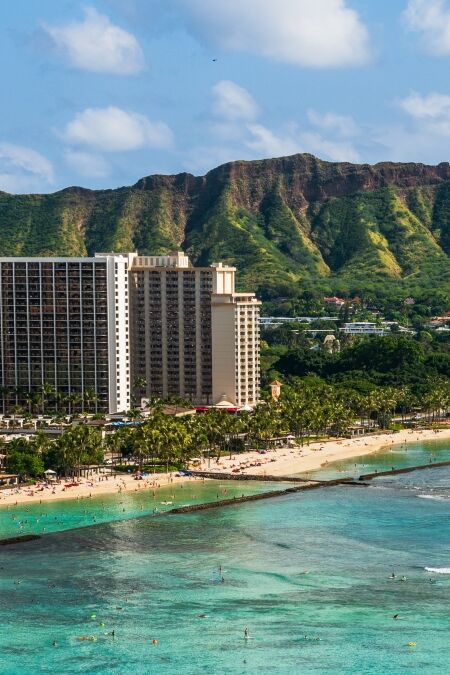Kona, a region renowned for its breathtaking landscapes and rich cultural tapestry, beckons travelers with its blend of ancient history and modern allure. This article delves into the fascinating origins and deep-rooted significance of Kona, unraveling its historical background, cultural importance, and contemporary relevance. From the etymology of its name to the celebrated Kona coffee and the vibrant community life, we will explore the myriad aspects that make Kona a unique and captivating destination.
Historical Background of Kona
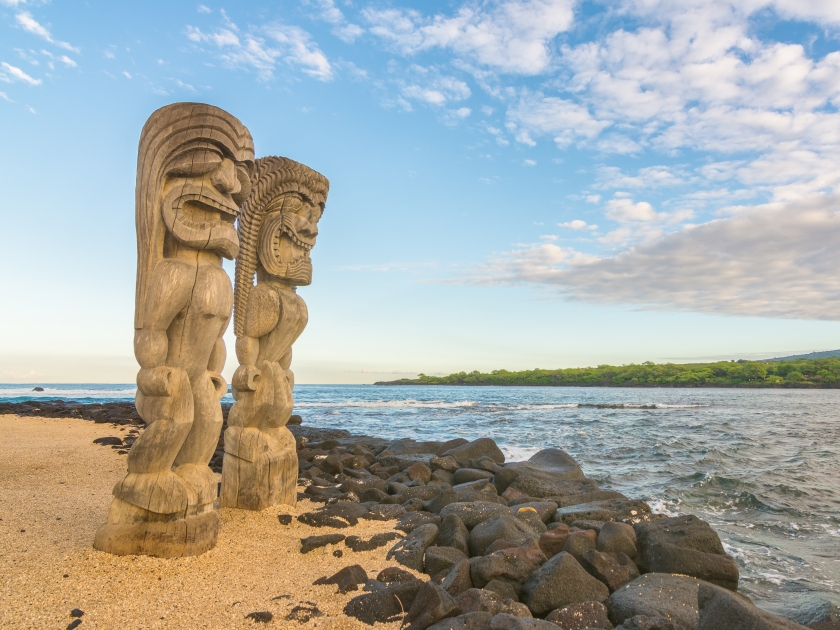
Initially settled by Polynesian voyagers, Kona became a significant cultural center with complex social structures, agricultural practices, and religious beliefs. The name “Kona” itself means “leeward” or “dry side of the island” in Hawaiian, reflecting its geographic characteristics. The region gained prominence as the seat of power for powerful Hawaiian chiefs, including Kamehameha I, who unified the Hawaiian Islands and established Kona as the capital of the Kingdom of Hawaii. With the arrival of Captain James Cook in 1779, Kona’s history intertwined with European influence, transforming its economy and cultural landscape. Today, Kona’s historical and cultural significance remains evident, as it continues to preserve its rich heritage and natural beauty.
Etymology and Meaning of “Kona”
The Hawaiian word “Kona” translates to “leeward” or “dry side,” aptly describing the western region of the Big Island, known for its arid climate and sunny weather. This geographical term distinguishes it from the wetter, windward sides of the island, reflecting its unique environmental conditions. In Hawaiian culture, Kona is not just a place but a concept deeply tied to the land’s characteristics and the lifestyle it fosters, symbolizing the resilience and adaptability of the people who thrive in this distinctive climate.
Geographical Significance
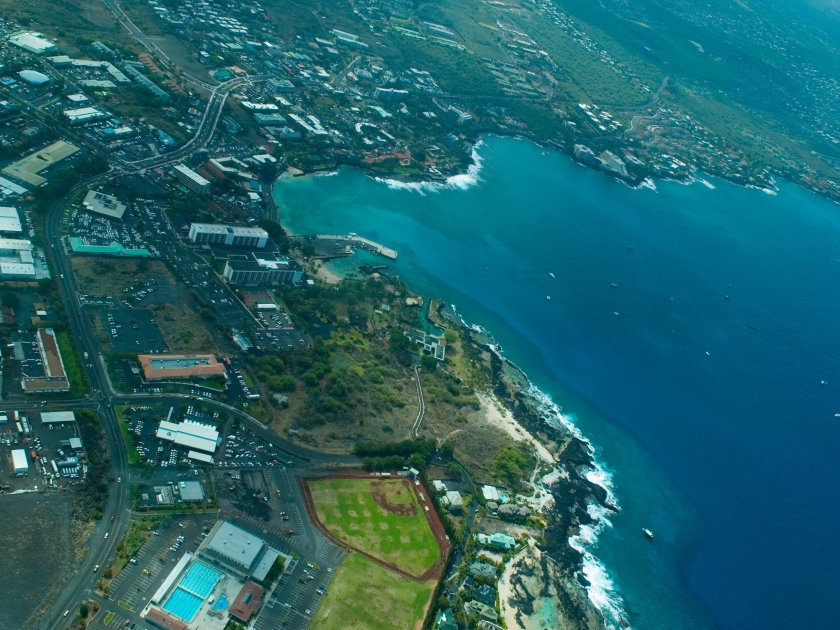
Kona, located on the leeward side of the Big Island of Hawaii, boasts a diverse and picturesque geographical setting. The region is characterized by its sunny, dry climate, which contrasts with the wetter, windward side of the island. This unique climate has fostered the development of Kona’s famous coffee plantations and lush coastal landscapes. Major landmarks in Kona include the stunning Kealakekua Bay, the sacred Puʻuhonua o Hōnaunau National Historical Park, and the vibrant Kailua-Kona town, each offering a glimpse into the area’s natural beauty and historical significance.
Cultural and Social Importance
Kona’s cultural and social fabric is deeply woven with traditional Hawaiian practices and customs, such as hula dancing, lei-making, and ancient fishing techniques unique to the region. The area is also home to significant cultural events and festivals, including the annual Kona Coffee Cultural Festival, which celebrates Kona’s rich coffee heritage, and the Ironman World Championship, which brings together athletes from around the globe. Community life in Kona is vibrant and close-knit, characterized by a strong sense of aloha spirit, where locals and visitors participate in communal activities, preserving and sharing the cultural heritage of this remarkable region.
Kona in Modern Times
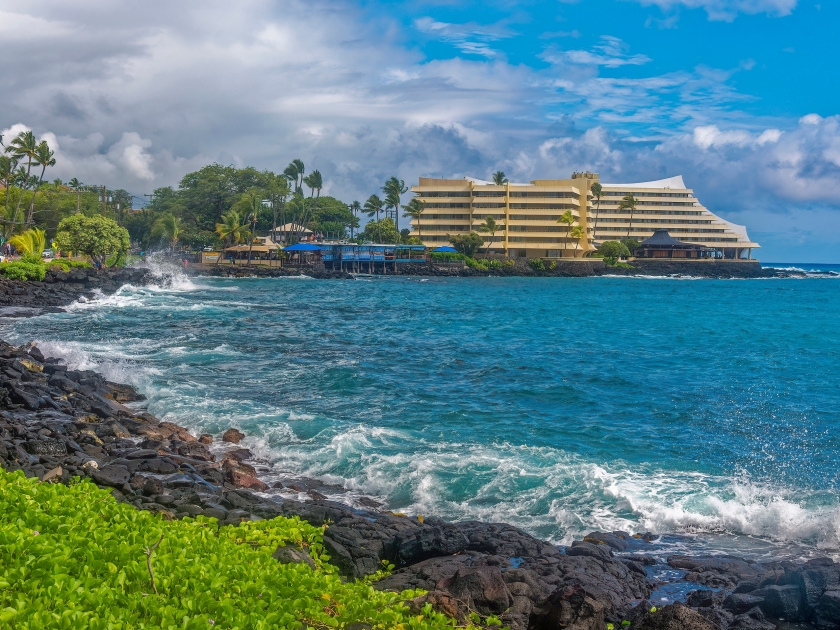
In modern times, Kona has emerged as a major tourist destination, drawing visitors with its beautiful beaches, historical sites, and renowned coffee plantations. Tourism plays a pivotal role in Kona’s economy, driving growth and providing numerous job opportunities for the local community. Alongside tourism, the region’s agriculture, particularly coffee and macadamia nuts, significantly contributes to its economic landscape. Recent developments in Kona include improved infrastructure, such as upgraded roadways and expanded airport facilities, enhancing accessibility and supporting the area’s burgeoning tourism industry.
Kona Coffee: A Cultural Icon
Kona coffee, cultivated on the slopes of Mauna Loa since the early 19th century, has become a symbol of the region’s rich agricultural heritage. Introduced by missionary Samuel Ruggles in 1828, the unique growing conditions of Kona’s volcanic soil and ideal climate have helped it flourish into a globally recognized and highly prized coffee. Representing more than just a beverage, Kona coffee embodies the tradition, perseverance, and pride of the local farmers who meticulously tend to their crops. Economically, Kona coffee is a cornerstone of the region, contributing significantly to the local economy through both direct sales and tourism, as visitors flock to the area to tour its famous coffee farms and sample its distinctive flavors.
Exploring Kona: Top Attractions

Exploring Kona offers a rich tapestry of attractions that cater to history buffs, nature enthusiasts, and culture seekers alike. Key historical sites include the Huliheʻe Palace, once a royal vacation home, and the Puʻuhonua o Hōnaunau National Historical Park, a sacred place of refuge. Natural wonders abound, with pristine beaches like Magic Sands and Kahaluʻu Beach Park, and the striking landscapes of Kealakekua Bay. For cultural experiences, visitors can enjoy a traditional luau, explore the Kona Coffee Living History Farm, or participate in hula lessons and lei-making workshops. Discover more attractions and activities in Kona here.
Dive into Time and Tradition
In unraveling the intricate tapestry of Kona, we’ve journeyed through its ancient roots, explored its geographical wonders, and celebrated its cultural and modern significance. Kona’s origins, from its etymological beginnings to its esteemed coffee, reflect a rich heritage that continues to thrive today. Understanding Kona’s past offers a deeper appreciation of its present, revealing a land where history and tradition harmoniously blend with contemporary life. I encourage you to visit Kona, immerse yourself in its vibrant culture, and experience firsthand the stories and landscapes that make it a truly unique and unforgettable destination.


